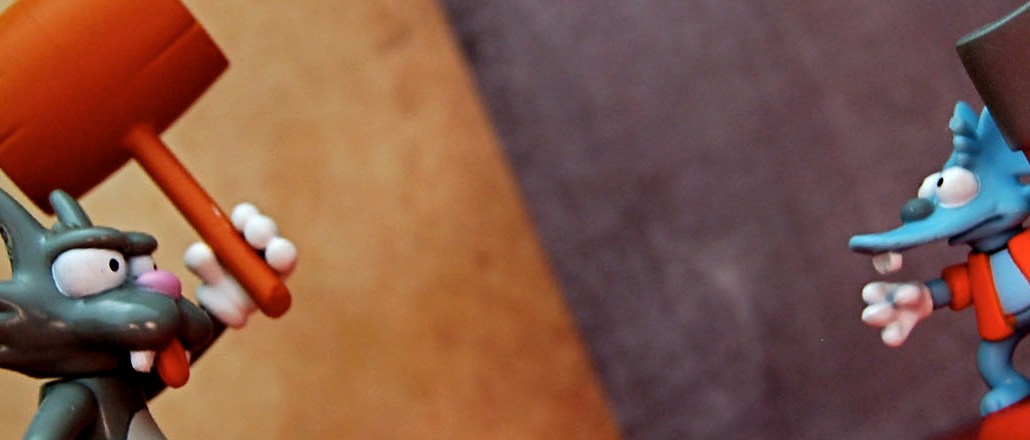Save 50% on a 3-month Digiday+ membership. Ends Dec 5.
Not even publishers’ ‘please whitelist us’ messages are safe from ad blockers

The ongoing cat-and-mouse game between publishers and ad blockers has claimed another victim: publishers’ anti-ad block messages.
People who use the popular ad blocking software AdBlock Plus and visit The Atlantic’s site, for example, get a message informing them that the site “is known to show targeted messages to AdBlock Plus users,” which the users can then opt out of. The Atlantic last fall started asking ad blockers to whitelist its site, or support it by subscribing to the magazine.
Publishers such as The Guardian, GQ, Forbes and others have tried to reduce the number of people blocking ads on their sites by asking readers to whitelist their sites. But even those messages risk falling on the wrong side of the ad blockers. The Atlantic is the only major publisher on the “Adblock Warning Removal List,” a list that lets AdBlock Plus users automatically hide messages on any site that targets them with special messages. But other publishers could find themselves added to that list if the community that manages it deems their messages too obtrusive.
The feature naturally doesn’t sit well with publishers, which are using the “please whitelist us” messages to not only get more readers to opt into their ads but also to better communicate to readers that while their articles may be free to read, they aren’t free to produce. Those messages have already proven to be effective for the publishers that have tried them. Forbes recently found that 44 percent of readers agreed to turn off their ad blockers when asked to. But by letting ad blockers opt out of those messages, AdBlock Plus makes it harder for publishers to communicate with them.
“I really don’t understand it,” said Jeff Burkett, senior director of ad innovation at The Washington Post, which recently experimented with blocking ad blockers. “Those conversations are about communicating the value exchange between readers and publishers. They shouldn’t be threatened by the fact that publishers are trying to have that dialogue. It makes it seem like they have ulterior motives.”
AdBlock Plus maker Eyeo’s business model has taken heat by publishers and advertisers, who say that the company is extorting the industry into coughing up cash to get their ads added its “Acceptable ads” list. The IAB last year compared the business model to “highway robbery.”
But AdBlock Plus says that the feature doesn’t target all “whitelist us” ads, only the particularly obtrusive ones such as those that pop up and take over pages (such as Forbes’ recent campaign did). The Guardian’s “more subtle” call to disable ad blockers, for example, wasn’t added to the list for this reason, said Eyeo communications manager Ben Williams, who said that the feature has been around for years but isn’t widely implemented.
Ad position: web_incontent_pos1
The move adds even more complexity to the publisher battle with ad blockers. Not only must they optimize their sites and ad experiences, but they also have to think more carefully about how they attempt to get readers to whitelist them. So far, it’s subtlety that seems to be ideal path. Slate director of product development David Stern said that Slate has opted for the more low-key approach when it comes to its own anti-ad blocking messaging, which appears along the bottom edge of its pages.
“So far, this format seems to have avoided raising to much negative attention from the ad blocking community, though it probably will eventually come down,” he said.
More in Media

Digiday+ Research Subscription Index 2025: Subscription strategies from Bloomberg, The New York Times, Vox and others
Digiday’s third annual Subscription Index examines and measures publishers’ subscription strategies to identify common approaches and key tactics among Bloomberg, The New York Times, Vox and others.

From lawsuits to lobbying: How publishers are fighting AI
We may be closing out 2025, but publishers aren’t retreating from the battle of AI search — some are escalating it, and they expect the fight to stretch deep into 2026.

Media Briefing: Publishers turn to vertical video to compete with creators and grow ad revenue in 2026
Publishers add vertical video feeds to their sites to boost engagement, attract video ad spend and compete with news creators.
Ad position: web_bfu
